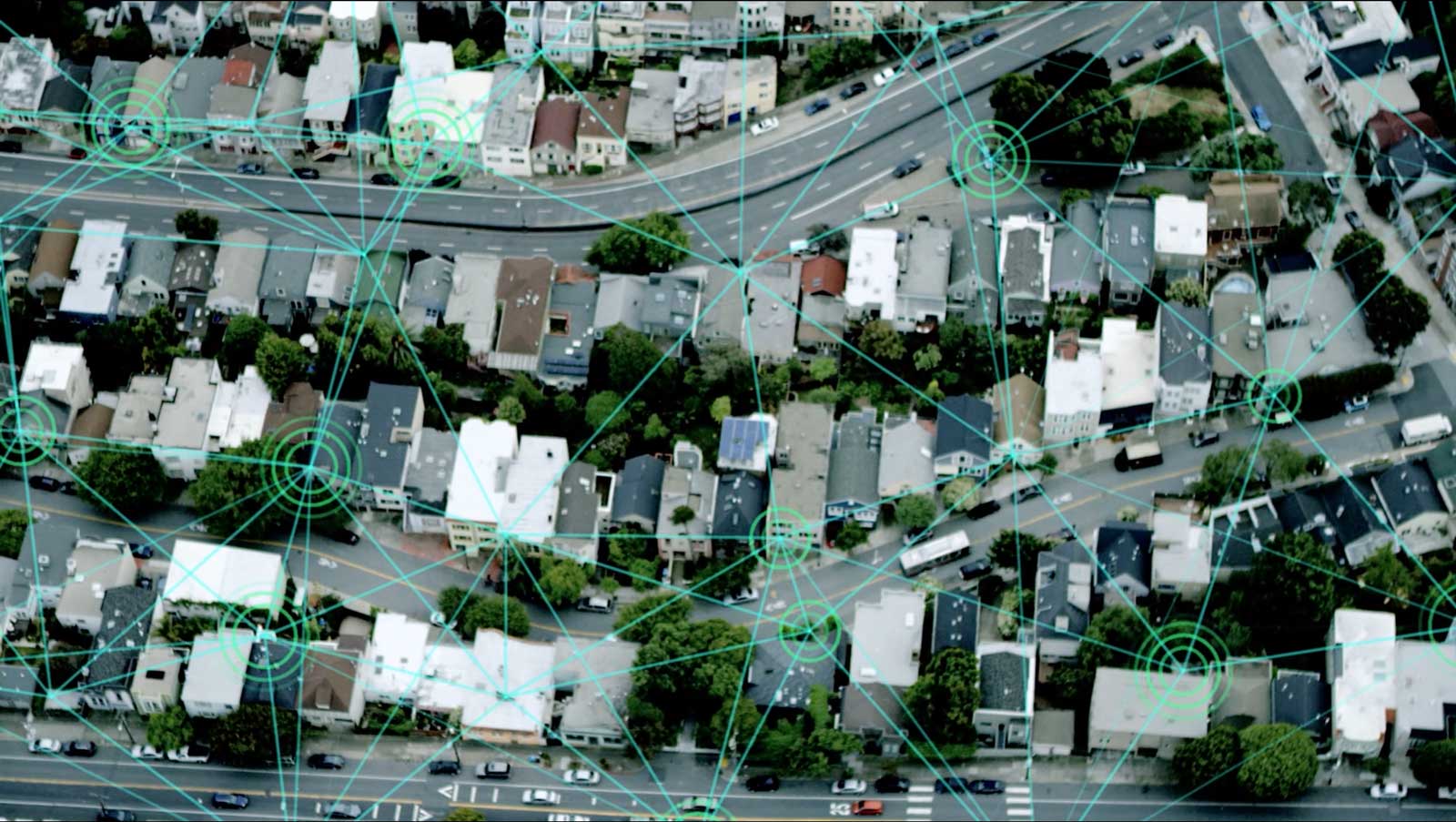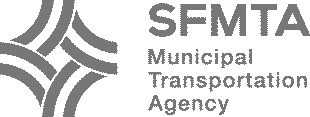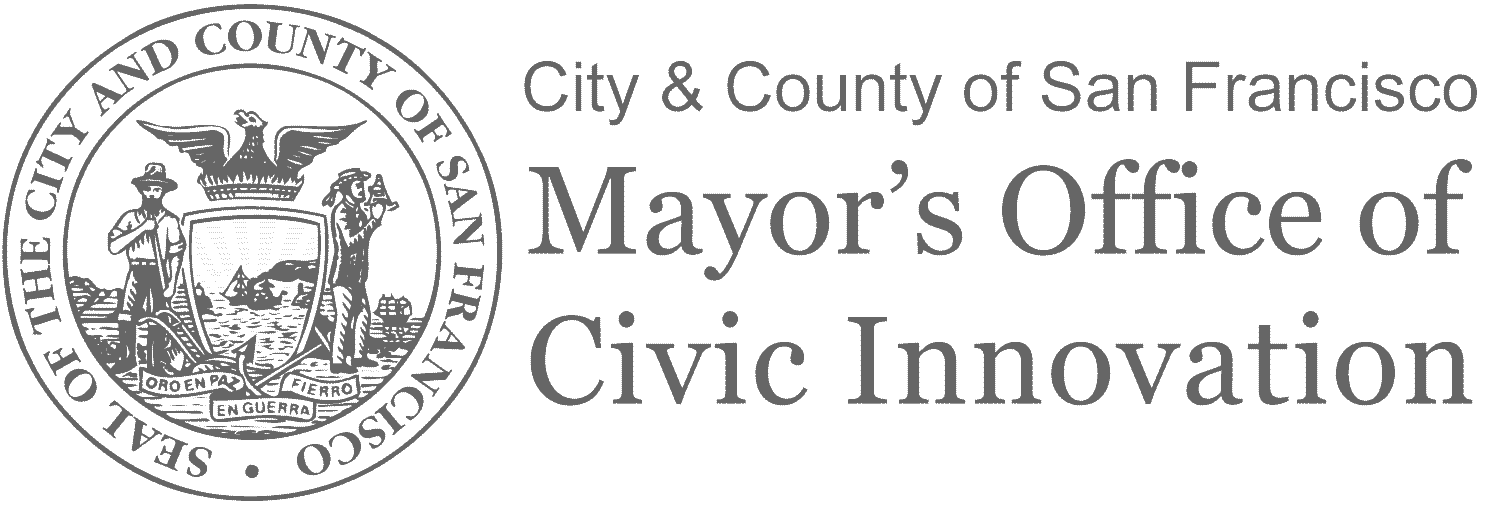
The Challenge
A century ago, when the automobile first arrived, haphazard policies divided cities, spurred sprawl and prioritized vehicles over the needs of people. Health, safety and community cohesion took a back seat.
Autonomous vehicles are this generation’s transportation revolution.
We can either shape these changes to benefit everyday people, or we will be resigned to a system that only works for a few. San Francisco is the right place to build the runway that will launch the country’s transportation future so that it everyone shares in its gains.
The U.S. Department of Transportation has challenged mid-population cities to come up with the most effective and equitable way to further the adoption of shared, connected, autonomous vehicles. Our plan builds on San Francisco’s leadership in shared transportation infrastructure. Whether it’s public transit, car share, ride share or bike share, San Francisco has led the way in creating a shared ownership culture around transportation. By moving away from a system of private ownership to one of sharing, we can ensure that all San Franciscans get to benefit from these innovations.
Building a smarter, shared and connected transportation system will benefit people from all walks of life. Currently, your wealth determines whether you can own a car and how nice it is. In the future, a shared fleet will be accessible to everyone. The advanced sensors on these connected vehicles will eliminate traffic fatalities and reduce the amount of space needed for our transportation system. Because they are shared, these vehicles will be in near-constant use. Millions of square feet of space currently used for parking could be converted into pedestrian promenades, small parks and affordable housing.
San Francisco’s approach is to let communities decide where they want these benefits. The city will work with neighborhoods who volunteer through our Community Challenge program. Selected neighborhoods will participate in pilot programs designed to encourage shared transportation. These programs will incubate the changes needed so that San Francisco can embrace shared, connected, electric, autonomous vehicles and unlock the benefits they bring.
You can read San Francisco's Smart City Challenge Application to learn more about our detailed plans here
You can learn more about the U.S. Department of Transportation’s Smart City Challenge at their website
Our City
San Francisco is the innovation capital of the world. Our creative and open culture has brought people from all over the country and world to our booming city. That growth has helped fueled our innovation, but it has also strained our housing supply and transportation system.
How we move ourselves and goods around is rapidly changing. We can either embrace and shape these changes or be at the mercy of them. San Francisco has chosen to lead the way by putting people first in developing safer, more equitable and innovative solutions to transportation challenges.
Why San Francisco
San Francisco is the perfect place to develop an innovative framework for deploying cutting edge technology.
As a geographically dense city, innovation spreads quickly helped by a nimble government and a culture of openness. We have the know how and inquisitive spirit to not only effectively design the transportation system of the future but also to spread it.
San Francisco has already cultivated innovative transportation options that are changing the way the country and world move. Our public transit systems are among the best in the country, with over 1 million daily boardings. We have pioneered the use of “red carpet” transit-only lanes to decrease travel times for Muni riders. The SFpark pilot used dynamic pricing to cut time spent looking for parking nearly in half and decreased greenhouse gas emissions by 30 percent.
Just like our leading public transit system, San Francisco is leading the way with shared transportation services. Our history is distinguished by shared mobility options like:
- Shared vehicles, like City Carshare and Scoot
- Microtransit or pooling like Chariot or Carma
- Ridesharing vehicles like Lyft and Uber
Our experience with a diverse set of shared transportation services shows that San Franciscans will try and embrace new services that fill market needs.
San Francisco is a world-wide leader in innovation. The San Francisco Bay Area is
- The number one global start-up ecosystem.
- The number one city in venture capital investment.
- Has more electric vehicles than any other city.
- Has the second most electric vehicle charging stations per capita in the US.
- Has 10 companies currently testing automated vehicles.
Furthermore, the San Francisco Municipal Transportation Agency has a first of its kind Equity Strategy to ensure that transportation is accessible affordable to all of our citizens. This framework will harness the innovative culture of San Francisco to make sure that everyday people benefit from the work we do building the transportation system of the future.
Our Vision
More than half of all trips in San Francisco use public transit, walking, bicycling and sharing – a great feat for this great city. But there are still too many people who rely on cars they own to get around. Our city can’t build wider streets to fit a growing population. There isn’t the room. Instead, we must make the transportation system more efficient and use less space.
Our vision is to make more shared choices available so people of all backgrounds can easily get around without needing to own a car. By promoting shared options, we will ensure that more people can access affordable, safe, clean and reliable transportation than ever before. We’re making getting from A to B safer, easier and better for everyone.
Our Values
Opportunity
Your choices in today’s private car based transportation system are determined by how much money you have. In the shared vehicle future, the San Francisco will use policy to ensure that a wide variety of transportation options will be democratized regardless of wealth. Without the burden and cost of ownership, lower income San Franciscans and those with nontraditional work hours will have affordable transportation options, getting them to work, connecting them to communities, and building opportunities.
Green
San Francisco has long been known for our environmental stewardship. San Francisco’s Climate Action Strategy will reduce emissions by 40 percent from 1990 levels by 2025. Currently the transportation produces nearly half of San Francisco’s emissions, but by moving to a shared electric connected autonomous fleet we can use renewable energy rather than fossil fuels and use the connected technology to reduce energy lost to traffic.
Safe
Today’s transportation system prioritizes cars and speed over people's’ safety. Every year thousands of people die in traffic collisions across the country, and 31 of those deaths happened on the streets of San Francisco last year. Even more people are injured. These deaths and injuries are needless and preventable. Human error, distracted driving, drunk driving – the future of connected autonomous vehicles addresses these problems and saves lives, particularly for the most vulnerable people on our streets, like children, seniors and people with disabilities.









